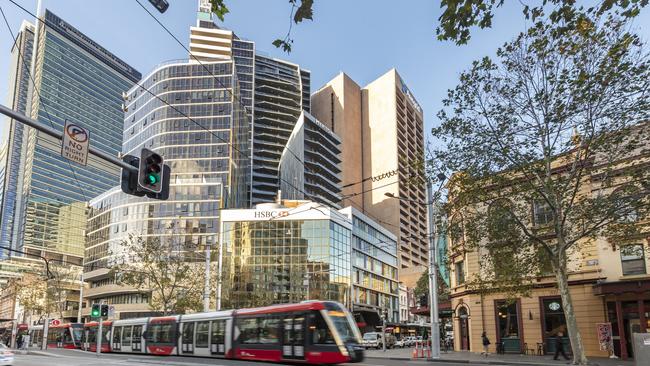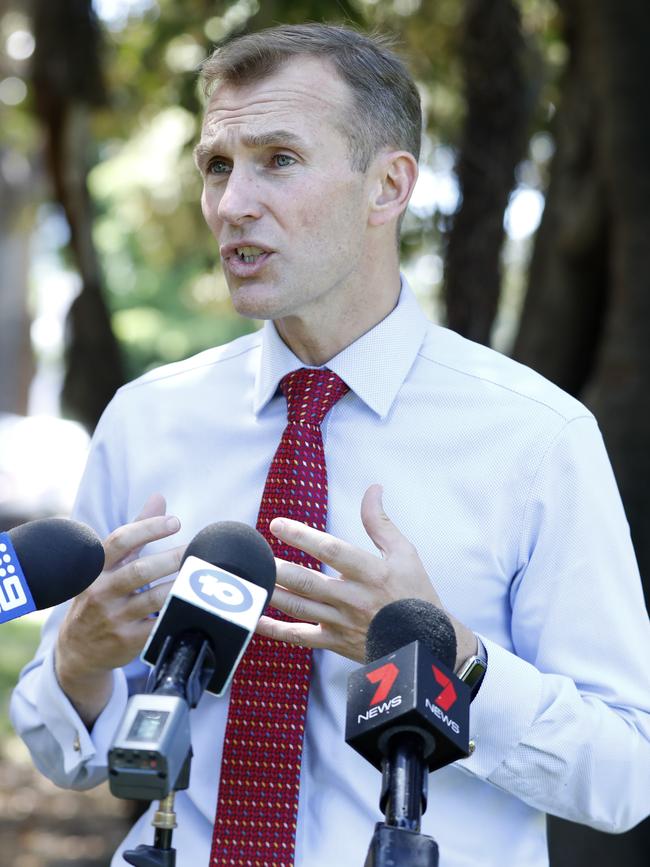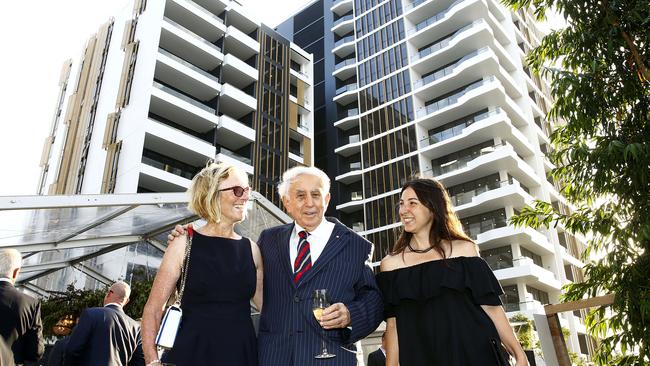
The Berejiklian/Stokes plan is designed to increase the financial attraction of outer suburban and regional houses and smaller apartment blocks.
It will transform Australia’s largest city and has clear national impacts.
The radical NSW plan goes under the title of State Environmental Planning Policy (SEPP). It was launched in February via a 106-page document without major industry consultation and little publicity in the media. Those involved in the industry have until April 30 to comment.
In the document Stokes says that the SEPP plan provides “a unique opportunity to positively influence new development and, in doing so, enable the design of healthy and prosperous places that support the well being of people, (the) community and country”.
Stokes says it is also aimed at “simplifying and improving” the NSW planning system. There is little doubt that these sentiments will have wide community support but, as set out in the document, NSW planning will become much more complicated, and given there has been no industry consultation in some areas it may be unworkable.
At this stage the impact of what is proposed by Berejiklian and Stokes is not widely understood in NSW, let alone other parts of the country.
On a rule of thumb basis the building cost of apartments in nine-storey or higher apartment blocks — theoretically selling units for, say, $1m — will require those units to be priced at between $1.2m and $1.3m to be economic. That’s a 20 to 30 per cent rise.
Obviously, one alternative is to discount the land value to try and offset part of the 20-30 per cent increase in the cost of high rise apartments.

In time, land values will adjust, but in coming years high rise apartment building will be slashed until the price of the apartments rises substantially. And while that price rise is taking place the other Sydney residential accommodation avenues, such as low rise apartments, outer suburban and regional houses, will receive a major boost.
Given the complexity of the SEPP document, dissecting the way it will work is not easy.
But we can isolate the main ways the Berejiklian/Stokes plan will boost the cost of high rise apartments.
● On a high rise development site the amount of land that can be covered by the tower has been reduced by about 30 per cent. The formula is complex but its intention is clear: unless the tower is made much higher the amount of apartments that can be built on a site is substantially less. A large number of the high rise towers in Sydney are in areas impacted by airports so there is a limit to how high they can go.
Theoretically in some parts of Sydney the towers can be much higher to offset the land space loss, but there are so many restraints that the number sites where this can be done is small. In addition, the construction cost of very tall towers is high.
● Although the Berejiklian/Stokes plan does not stipulate an increase in the size of apartments there is a requirement that one bedroom in each apartment and two bedrooms in a three-bedroom apartment must be made larger to accommodate work from home.
Other rules create minimum sizes of the kitchen and living areas, so by increasing the size of bedrooms that boosts the size of the apartment and therefore reduces to the amount of apartments on any one floor, once again boosting the costs.
The combination of the lower floor space caused by the reductions in the plot ratio and the increased size required for apartments combine to become the biggest single boost to the cost of high rise apartments.
But their total impact is boosted by many other measures, including:
● A stipulation which doubles the amount of bare earth on the site not occupied by the building. That means in times of heavy rain more water falls on soil rather than on concrete. It avoids it being be washed into the drainage system. It’s a good measure. But under the current rules much of that land is used for carparking so that means that additional carparking will be required within the building.
Planners are trying to convince people to use fewer cars and therefore need less carparking but the trend in Australia is going the other way and units without car parks carry a discount.
● The new plan requires that every bedroom in the apartment complex must have a space for a bike. Accordingly a 500 apartment complex averaging two beds per unit would need 1000 bike racks.
At the same time the Berejiklian/Stokes proposal accelerates the need for additional disabled access, which means that instead of there being three car parks between pillars there will only be two, although some of that space can be used for bike storage.
The end result is a substantial increase in the amount of car/bike spaces in high rise apartments, which boosts the costs.
● Some Sydney councils require that 10 to 20 per cent of car parks have a charging facility for electric vehicles. Under the Berejiklian/Stokes plan all car parks must have electric charging. That will mean an extra major substation in most high rises, which along with additional wiring will add to the cost. On its own electrical vehicle charging would not dramatically change the economics but in combination with everything else it becomes an extra blow.

There is little doubt that both Berejiklian and Stokes know that in many areas of Sydney high rise apartments are not popular, so there will be widespread voter appeal. But SEPP will have economic and population distribution impacts on Sydney of long-term magnitude. Because Harry Triguboff’s Meriton dominates apartment towers in Sydney he is the subject of a degree of animosity from the anti-high risers.
Berejiklian and Stokes appear to have carefully crafted their plan to be an attack on Meriton.
The essence of the Meriton operation is that it has a land bank of development sites which it uses to maintain regular construction jobs, which in turn lowers the costs of construction.
Under current rules Meriton has land that will enable it to build around 10,000 high rise apartments over the next 5-10 years. But only around 2500 of those apartments have approvals so the balance is vulnerable to the SEPP plan.
Much of the Meriton land bank is in areas like Mascot and Pagewood which have height limits because of the closeness to the airport. Accordingly, Meriton cannot increase the height of its building to offset the lower land usage as stipulated in the plan.
Almost certainly the land will fall in value. But more than likely Triguboff and other developers will slow production of units to enable the price to rise and make future development economic. While Meriton loses on land value it will gain from the price rises because it is the biggest owner of Sydney apartments
The plan’s impact will start to be felt in two to three years.







NSW Premier Gladys Berejiklian and her Planning Minister Robert Stokes have developed a radical plan to substantially increase the costs of high rise apartments in Sydney.